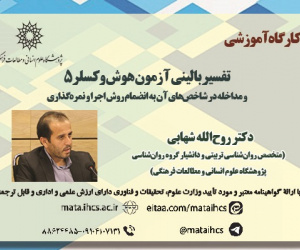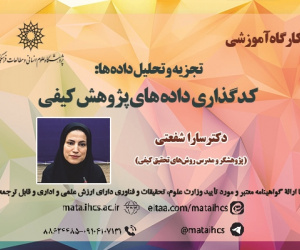رهبری در انقلاب اسلامی و انقلاب روسیه (بررسی مقایسه ای) (مقاله پژوهشی حوزه)
درجه علمی: علمی-پژوهشی (حوزوی)
آرشیو
چکیده
انقلاب تحولی پیچیده و عمیق است که در آن قدرت از طریق غیرمسالمت آمیز تغییر می کند. در هر انقلاب سه رکن اصلی وجود دارد که از طریق هم افزایی نقش خود را ایفا می کنند. این سه رکن عبارتند از ایدئولوژی، رهبری و مردم. یکی از مسائل مهم هر انقلاب، نقش و گستره رهبری آن است. نویسنده در این مقاله با استفاده از روش سنجشی _ مقایسه ای درصدد بررسی نقش و به ویژه گستره رهبری در انقلاب اسلامی ایران و انقلاب فوریه 1917 روسیه است. در حالی که در انقلاب اسلامی ایران رهبری امام خمینی؟ره؟ فراگیر و دربرگیرنده جلوه های مختلف فکری، بسیج گر و مدیر بود، در انقلاب فوریه1917 روسیه، این گستردگی و فراگیری رهبری در هر سه مرحله نهضت، انقلاب و نظام سازی وجود نداشت و رهبری در این انقلاب به مرحله بعد از پیروزی انقلاب محدود می شد. روش پژوهش مقایسه ای _ سنجشی است. در این روش نویسنده افزون بر همگونی ها و اشتراکات، درصدد بررسی ناهمگونی ها و افتراقات در خصوص انقلاب و رهبری در دو کشورایران و روسیه است. یافته پژوهش عبارت از این است در حالی که در انقلاب اسلامی ایران، امام خمینی به عنوان رهبر انقلاب هر سه جلوه رهبری فکری، بسیج گر و سیاست گذاری انقلاب اسلامی را به صورت تام عهده دار بود، در انقلاب فوریه 1917روسیه افزون بر تعدد رهبران، تجمیع جلوه های رهبری وجود نداشت.Leadership in the Islamic Revolution and the Russian Revolution (a comparative study)
Revolution is a complex and profound transformation in which power changes through non-peaceful means. In every revolution, there are three main pillars that play their role through synergy. These three pillars are ideology, leadership and people. One of the important issues of every revolution is the role and scope of its leadership. In this article, the author tries to investigate the role and especially the scope of leadership in the Islamic Revolution of Iran and the February Revolution of 1917 in Russia by using the analytical-comparative method. While in the Iranian Islamic Revolution, the leadership of Imam Khomeini? He was inclusive and inclusive of various intellectual manifestations, mobilizer and manager. In the February Revolution of 1917 in Russia, this breadth and comprehensiveness of leadership did not exist in all three stages of movement, revolution and system building, and leadership in this revolution was limited to the stage after the victory of the revolution. became The method of research is comparative - assessment. In this way, in addition to the similarities and commonalities, the author tries to investigate the differences and differences regarding the revolution and leadership in the two countries of Iran and Russia. The finding of the research is that while in the Islamic Revolution of Iran, Imam Khomeini as the leader of the revolution was fully responsible for all three manifestations of intellectual leadership, mobilizing and policy making of the Islamic Revolution, in the February Revolution of 1917 in Russia, in addition to the plurality of leaders, he combined the manifestations of leadership. did not exist.








